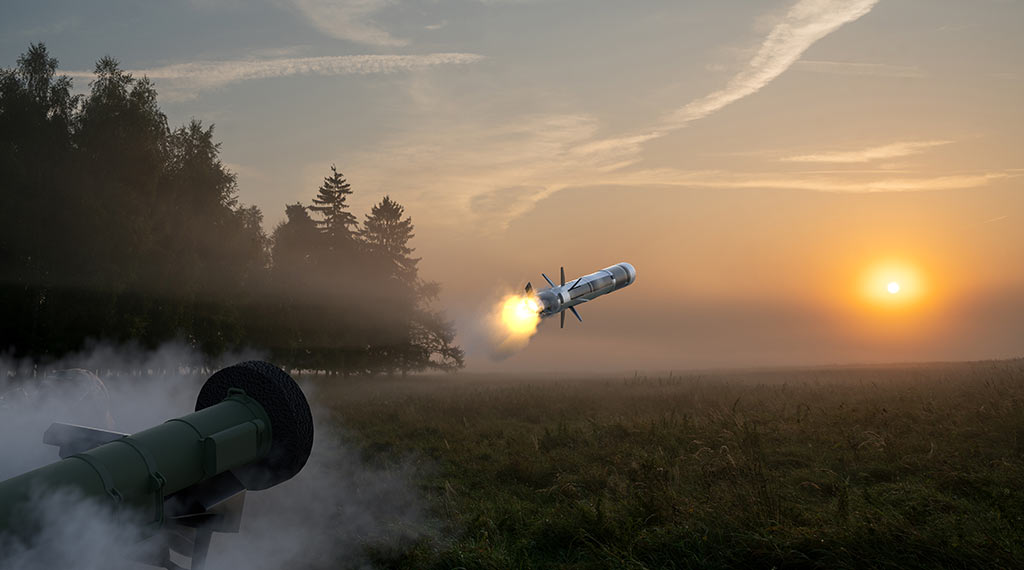
The FGM-148 Javelin has become a popular weapon due to its stellar performance in the Russia-Ukraine war.
While this anti-tank weapon has been around for nearly two decades, videos of the Javelin in action have only recently circulated all over social media since Ukrainian forces began using it. U.S. officials are aware of the weapon’s strengths and have decided to update the Javelin for the first time in many years.
The new and improved Javelin Lightweight Command Launch Unit (LW CLU) underwent a series of tests and training by the U.S. Army in August.
A cohort of 39 troopers from the service’s 2ndBattalion, 7thCavalry Regiment commenced the rigorous training program involving the new Javelin last week. Based on the weapon’s existing lethality, its new upgrades will undoubtedly be unparalleled by competitors.
The new LW CLU features a range of enhancements from its predecessor, including increased zoom. Soldiers are able to “scan out farther” and with greater clarity, according to Staff Sgt. Tom Magsino, who compared the original Javelin’s imaging to a 90’s-era television.
Another soldier familiar with the LW CLU said that its new auto-focus is another huge step up from the existing Javelin.
These upgrades constitute the first major overhaul of the formidable anti-tank weapon in over a quarter-century and are expected to elevate the Army’s capabilities in potential future combat.
Introducing the OG Javelin
The Javelin was designed by Raytheon and Lockheed Martin in the mid-1980’s to replace the M47 Dragon anti-tank missile. As a fire-and-forget system, the Javelin allows its operator to remain undetectable post-launch, a capability that the weapon’s predecessor could not provide. Infantry units began deploying with the Javelin by 1996, after a series of hiccups during the weapon’s testing phase caused the Government Accountability Office to halt its multi-year procurements temporarily.
Weighing in at just under 50 pounds, the Javelin can be easily carried and perched on a soldier’s shoulder as a mobile weapon. The two-art missile system consists of a command launch unit (CLU)- a combination of viewfinder, launch authority and targeting system- and a tube launch assembly (LTA)- a tube that contains the missile. Guided by an infrared seeker, the missile can be spring-ejected and can travel at a rate of 1,000 feet per seven seconds.
As detailed by Military Times, “Upon contact, the foremost of two tandem high-explosive antitank, or HEAT, warheads explodes against the reactive armor, clearing the way for the second warhead to reach the tank’s main armor. The Javelin’s warheads can penetrate steel up to 23.5 inches to 31.5 inches thick. With an effective range over 1.5 miles, the Javelin’s warhead travels 213 feet before it arms — but it does produce a backblast that the user must take into account.”
Since the onset of Russia’s invasion, the U.S. and its NATO allies have provided Kyiv with billions of dollar’s worth of military aid.
Amongst the dozens of weapons and systems provided to Ukraine by America alone, the Javelin could arguably be considered the most effective in the war.
Countless videos and footage depicting the anti-tank system destroying a litany of Russian targets have led some Ukrainian soldiers to call the weapon “Saint Javelin, protector of Ukraine.”
- America’s Supercarriers Are Back in Force in the Pacific - December 30, 2025
- Israel’s $2 Iron Beam Laser Could Disrupt Missile Warfare - December 23, 2025
- US Stands Up New Drone Strike Force in the Middle East - December 9, 2025
